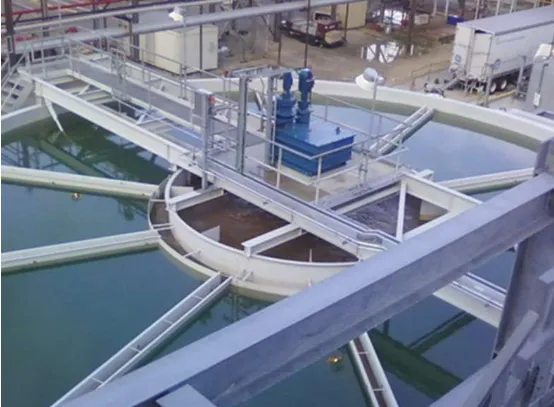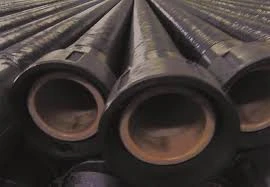
-
 Afrikaans
Afrikaans -
 Albanian
Albanian -
 Amharic
Amharic -
 Arabic
Arabic -
 Armenian
Armenian -
 Azerbaijani
Azerbaijani -
 Basque
Basque -
 Belarusian
Belarusian -
 Bengali
Bengali -
 Bosnian
Bosnian -
 Bulgarian
Bulgarian -
 Catalan
Catalan -
 Cebuano
Cebuano -
 China
China -
 China (Taiwan)
China (Taiwan) -
 Corsican
Corsican -
 Croatian
Croatian -
 Czech
Czech -
 Danish
Danish -
 Dutch
Dutch -
 English
English -
 Esperanto
Esperanto -
 Estonian
Estonian -
 Finnish
Finnish -
 French
French -
 Frisian
Frisian -
 Galician
Galician -
 Georgian
Georgian -
 German
German -
 Greek
Greek -
 Gujarati
Gujarati -
 Haitian Creole
Haitian Creole -
 hausa
hausa -
 hawaiian
hawaiian -
 Hebrew
Hebrew -
 Hindi
Hindi -
 Miao
Miao -
 Hungarian
Hungarian -
 Icelandic
Icelandic -
 igbo
igbo -
 Indonesian
Indonesian -
 irish
irish -
 Italian
Italian -
 Japanese
Japanese -
 Javanese
Javanese -
 Kannada
Kannada -
 kazakh
kazakh -
 Khmer
Khmer -
 Rwandese
Rwandese -
 Korean
Korean -
 Kurdish
Kurdish -
 Kyrgyz
Kyrgyz -
 Lao
Lao -
 Latin
Latin -
 Latvian
Latvian -
 Lithuanian
Lithuanian -
 Luxembourgish
Luxembourgish -
 Macedonian
Macedonian -
 Malgashi
Malgashi -
 Malay
Malay -
 Malayalam
Malayalam -
 Maltese
Maltese -
 Maori
Maori -
 Marathi
Marathi -
 Mongolian
Mongolian -
 Myanmar
Myanmar -
 Nepali
Nepali -
 Norwegian
Norwegian -
 Norwegian
Norwegian -
 Occitan
Occitan -
 Pashto
Pashto -
 Persian
Persian -
 Polish
Polish -
 Portuguese
Portuguese -
 Punjabi
Punjabi -
 Romanian
Romanian -
 Russian
Russian -
 Samoan
Samoan -
 Scottish Gaelic
Scottish Gaelic -
 Serbian
Serbian -
 Sesotho
Sesotho -
 Shona
Shona -
 Sindhi
Sindhi -
 Sinhala
Sinhala -
 Slovak
Slovak -
 Slovenian
Slovenian -
 Somali
Somali -
 Spanish
Spanish -
 Sundanese
Sundanese -
 Swahili
Swahili -
 Swedish
Swedish -
 Tagalog
Tagalog -
 Tajik
Tajik -
 Tamil
Tamil -
 Tatar
Tatar -
 Telugu
Telugu -
 Thai
Thai -
 Turkish
Turkish -
 Turkmen
Turkmen -
 Ukrainian
Ukrainian -
 Urdu
Urdu -
 Uighur
Uighur -
 Uzbek
Uzbek -
 Vietnamese
Vietnamese -
 Welsh
Welsh -
 Bantu
Bantu -
 Yiddish
Yiddish -
 Yoruba
Yoruba -
 Zulu
Zulu
Jan . 14, 2025 11:55
Back to list
Ship Pipings and Fittings
GRP flanges have rapidly become essential components in a variety of industrial applications, owing to their superior properties compared to traditional materials. GRP, or Glass Reinforced Plastic, is renowned for its exceptional strength-to-weight ratio, corrosion resistance, and versatility, making it a preferred choice in industries ranging from chemical processing to marine engineering.
Trustworthiness is further established through the continual evolution of GRP technology and its successful deployments in diverse projects worldwide. Industry leaders often highlight case studies where GRP flanges have been implemented in critical infrastructure, such as offshore oil platforms, where they encounter harsh operational conditions. These real-world applications demonstrate the material's reliability and the trust industries place in its performance. The product's sustainability aspect also plays a vital role in its growing acceptance. GRP flanges contribute to environmental conservation by being lightweight, which reduces transportation fuel consumption during installation. Additionally, the durability of GRP flanges lessens the demand for replacements, minimizing waste and supporting sustainable industry practices. In conclusion, GRP flanges are at the forefront of modern industrial components, offering peerless performance, expert engineering, and validated reliability. Their adoption continues to rise as industries seek materials that not only perform under pressure but also align with environmental objectives. By choosing GRP flanges, industries are investing in a future-proof solution that delivers on both technical specifications and corporate responsibility.


Trustworthiness is further established through the continual evolution of GRP technology and its successful deployments in diverse projects worldwide. Industry leaders often highlight case studies where GRP flanges have been implemented in critical infrastructure, such as offshore oil platforms, where they encounter harsh operational conditions. These real-world applications demonstrate the material's reliability and the trust industries place in its performance. The product's sustainability aspect also plays a vital role in its growing acceptance. GRP flanges contribute to environmental conservation by being lightweight, which reduces transportation fuel consumption during installation. Additionally, the durability of GRP flanges lessens the demand for replacements, minimizing waste and supporting sustainable industry practices. In conclusion, GRP flanges are at the forefront of modern industrial components, offering peerless performance, expert engineering, and validated reliability. Their adoption continues to rise as industries seek materials that not only perform under pressure but also align with environmental objectives. By choosing GRP flanges, industries are investing in a future-proof solution that delivers on both technical specifications and corporate responsibility.
Next:
Related Products









